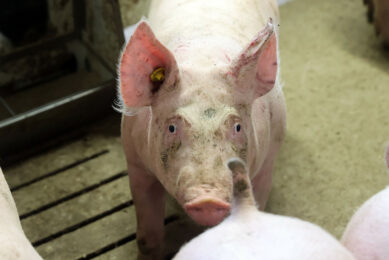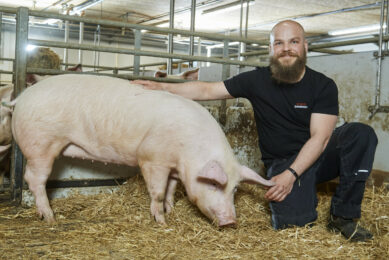Chile finds H1N1 influenza virus in turkeys
Chile has detected the H1N1 influenza virus in turkeys, authorities said. It is the first time the virus has been found outside humans and pigs. There was no indication the disease had spread to other parts of Chile.
The country’s farming and livestock agency SAG said the flu outbreak had been controlled at the two farms 75 miles west of the capital Santiago and notified the World Organization for Animal Health.
OIE notification
The affected farms are turkey breeding premises belonging to the same company, vertically integrated. On the premises some 60,000 birds were kept, of which 36,000 were found to be infected, according to OIE reporting.
©
Outbreak no. 1 is composed of 5 breeding premises. The outbreak started in premises no. 1 and through horizontal transmission, it reached 3 other premises. In the outbreak no. 2 of 5 existing sectors are affected.
Prior to the appearance of clinical signs, some birds were exposed to people showing respiratory symptoms.
The affected premises were systematically monitored through serological testing with negative results until 28 July 2009.
Serotyping allowed to exclude the presence of H5 and H7 virus and allowed to confirm detection of A/H1N1 2009 pandemic influenza virus 2009. Samples will be sent to the OIE Reference Laboratory.
No bird flu H5N1
“We call on the public to consume turkey products with confidence,” a SAG statement said. It added that laboratory results ruled out the presence of H5N1 or bird flu virus.
Chilean authorities said the farms near the port city of Valparaiso were placed under quarantine on August 13 as a precaution after turkey producers reported anomalies in the output of eggs.
Authorities did not say how many animals were infected but claimed there was no evidence the virus had spread to other parts of the country.
The head of the WHO, Margaret Chan, said this week that the world must remain on guard against the H1N1 flu, which has been mild so far but could become more serious as the northern hemisphere heads into winter.











